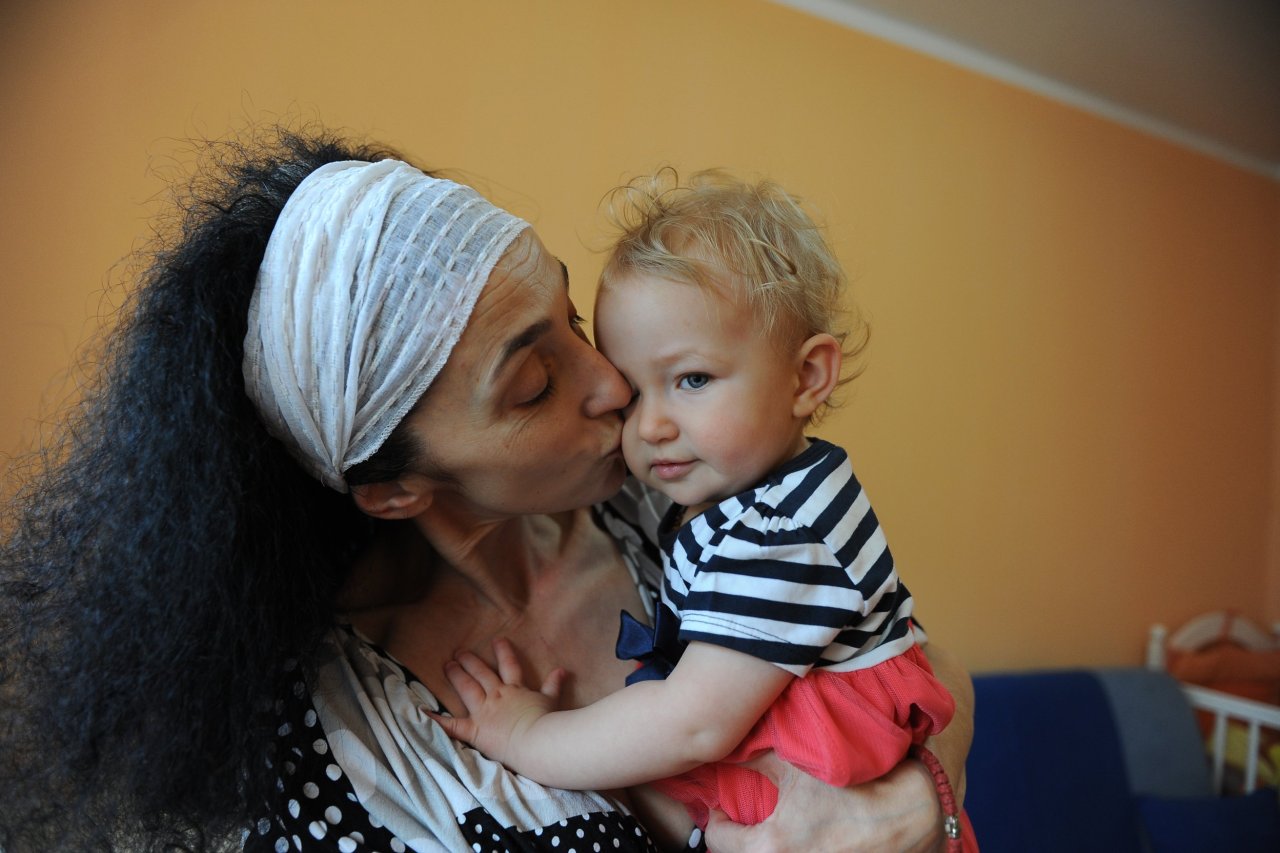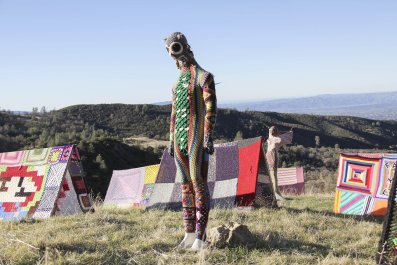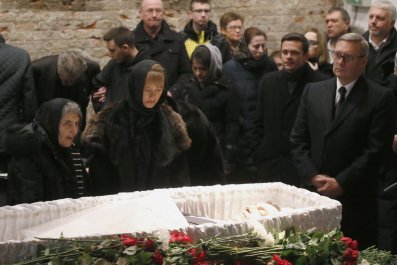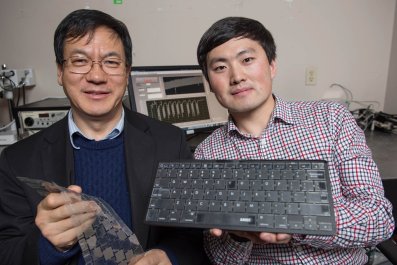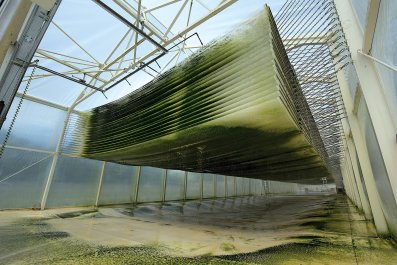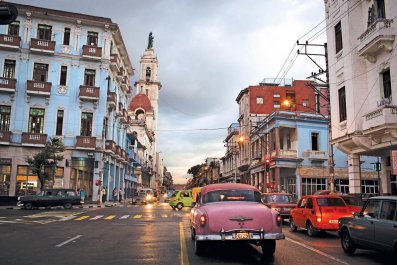Antonia Adzic will never meet her father. But when she's older, her mother will explain that he is a computer programmer and that his favourite colour is blue, his favourite animal is a lion. She will add that he likes football, travels frequently, has fine hand-writing – and is Danish.
His nationality will intrigue Antonia, who currently is only 14 months old. It will help her to understand why, although her mother has curly black hair and dark eyes, she has blue eyes, blonde hair, and is likely to be taller than many of her Serbian friends – all of which is fine with Antonia's mother, Ana Adzic, one of 200 women in Serbia who have bought sperm from unknown Danish donors.
"I wanted a child more than anything else in the world," says Ana. "I was 37 and I didn't believe that I'd meet someone who would fulfill my wishes. So I went online and discovered that there were many women like me. That gave me more self-confidence and strength. Then I discovered a private hospital, Acibadem Sistina, in the former Yugoslav republic of Macedonia that had been helping single women to conceive. I sent them an email and soon I travelled to Skopje."
It would be the start of a long journey. To bring Antonia into the world, Ana, a journalist, experienced sperm buying, IVF treatment, countless appointments with doctors, lab analysis, travelling and accommodation costs. Her medical bills alone came to some €5,000. The Acibadem Sistina clinic has been responsible for 6,000 births since its opening 14 years ago, mainly working with the sperm bank Cryos International, from Aarhus in Denmark. "I've always preferred blonde men, maybe because I'm dark-haired like a Turk. They showed me the picture of a Danish man and I liked him. I liked that he was a computer programmer because I had studied maths at school."
For nine months, Ana regularly traveled to Skopje by bus through the night. "I used to get to Skopje at 5am, grab a coffee at the bus station and take a cab to Sistina. My medical examination started at 8am and went on until 11am and then I went back to Belgrade and straight to work. I never felt tired."
Ana bought enough semen for three IVF attempts. Her first two attempts failed. After her third try in February 2013, she returned to Belgrade by car rather than bus and spent the next two weeks in bed.
To her sheer joy, she discovered that she was pregnant and Antonia was born by Caesarian section on 2 November, weighing 6lbs 7 oz. Ana was 40 years old.
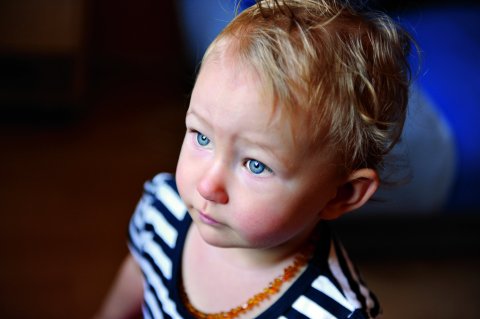
The name of the father on Antonia's birth certificate is empty – but her mother already is stressing Antonia's Viking connections. "I tell her bedtime stories about Denmark, about the country's queen, The Little Mermaid, Thumbelina. I explain that mummy went to uncle Boban in a far-away kingdom, where there was a nice man from Denmark who gave mummy the stardust and that's how the most beautiful girl on Earth came into the world. I don't even look at men anymore. Even if [the actor] Sean Bean passed by me, I wouldn't turn my head. I baptised her as an Orthodox Christian and I want her to grow up a happy woman."
Antonia has unusual blue eyes. "That's not the colour of our climate," says Ana. "Whoever sees her, say she has eyes like [President Vladimir] Putin. They call her Putinche. She has Danish blood, but she adores Russian music."
Ana has learned that young Danish men do not donate strictly for money, but often because they want to help women like her. Cryos International, the German sperm bank, was founded in 1987 by a student called Ole Schou, who borrowed money from his mother. Since 1991, Cryos has been responsible for 23,000 births, but the real number could be much higher. The company exports sperm to more than 80 countries. Half of Cryos's current clients are single women and it is estimated that 10 years they will make up 70%.
On the walls of Cryos's corridors swim smiling sperms. In the rooms used by donors there are photographs of girls in erotic poses and racks stacked with porn magazines. Of 400 registered donors, about 40 men visit every day. Many have donated on several occasions.
Potential donors should be between 18 and 45 years old and free of serious medical diseases, especially hereditary ones. The donors undergo rigorous medical examinations, physical and psychological tests and answer a questionnaire about their habits. Only 10% of candidates meet the selection criteria of Cryos. High quality semen is the secret of the company's success.
Currently, 95% of donors are Danes, but that statistic has to change to meet the demand for the sperm of men with darker hair and eyes. "If we want to go international and help women and couples in different parts of the world, we need non-Danish sperm, sperms of all colours," says Schou.
Every Danish donor can choose whether he will remain anonymous. One of the most-wanted donors in Cryos is a man called Anders. He is 40, has a university degree in English and first-class sperm (quality of the semen is defined by the pregnancy success rate). Although he is a Dane from Aarhus, Anders is distinguished by dark hair and eyes. He donates sperm twice a week and earns about €500 a month. He doesn't want to hide his identity from the children. "If I am ready to give the sperm, at least it is reasonable to give the child an opportunity to know his or her biological origin," says Anders.
Cryos does exclusive deals with women. For example, if a woman wants to be the only person to have children from a particular man, she can buy or reserve all his sperm in stock and there is even an an opportunity to buy the donor out: for an additional €12,000, the man permanently goes off the market as a donor.

Interested women can choose a donor by physical traits (height, weight, hair colour, origin) or by hearing his voice and seeing his handwriting and photos as a baby. For example, "Connor" is, they say, a good listener and a likable young man in great physical shape. He resembles Justin Timberlake, he sings, play several instruments and loves samba. "Darcy", meanwhile, is very caring, with an athletic build and thick brown hair. "Caleb" looks like a Roman gladiator, but he is exceptionally gentle. He wants to be a writer. "Arnt" is a swimmer with a law school degree. And so on. Most of these men already have children with their wives or girlfriends.
Since 2009, sperm can be ordered direct from Cryos's website, which operates in 19 languages. With purchase of semen, costing €50 or more, private buyers receive instructions for home insemination. This is proving popular with women from European countries which don't let single women conceive by IVF on the publicly funded health care system, but they don't punish them if they do it somewhere else.
European regulations are inconsistent when it comes to IVF. Italy, France, Austria and Portugal permit treatment only for heterosexual couples, while Switzerland and Turkey insist that they should be married. The most liberal approach is in Greece, Spain, Great Britain, Denmark, Belgium and Finland – they don't require a medical diagnosis of infertility for assisted reproduction and they don't exclude single women and lesbians. Single women can also conceive that way in Russia, Belarus, Ukraine, Bulgaria and Macedonia.
Serbian law says women can undergo IVF treatment outside the country – if they pay for it. If they want state support, the regulations say it is possible only under special circumstances. The law neither forbids nor helps.
To many single Serbian women, IVF treatment is probably the last chance to become a mother. They are usually nearly 40 years old, well-educated, well off and have achieved everything, except a family. They simply to have the same chance for a child that married couples have: two free IVF treatments in their native country.
Dr Boban Janevski, an embryologist in Acibadem Sistina, has his own views about this "tricky" phenomenon in the once-conservative Balkan region.
"In nine years we've had more than 200 healthy, unmarried, single Serbian women, who had conceived at our clinic and delivered babies in their country. This is not taboo any more. Internet forums help a lot, but our best advertising is definitely word of mouth."
But it still begs the question: what is it about Danish men that Serbian women longing for a child feel so strongly about?


